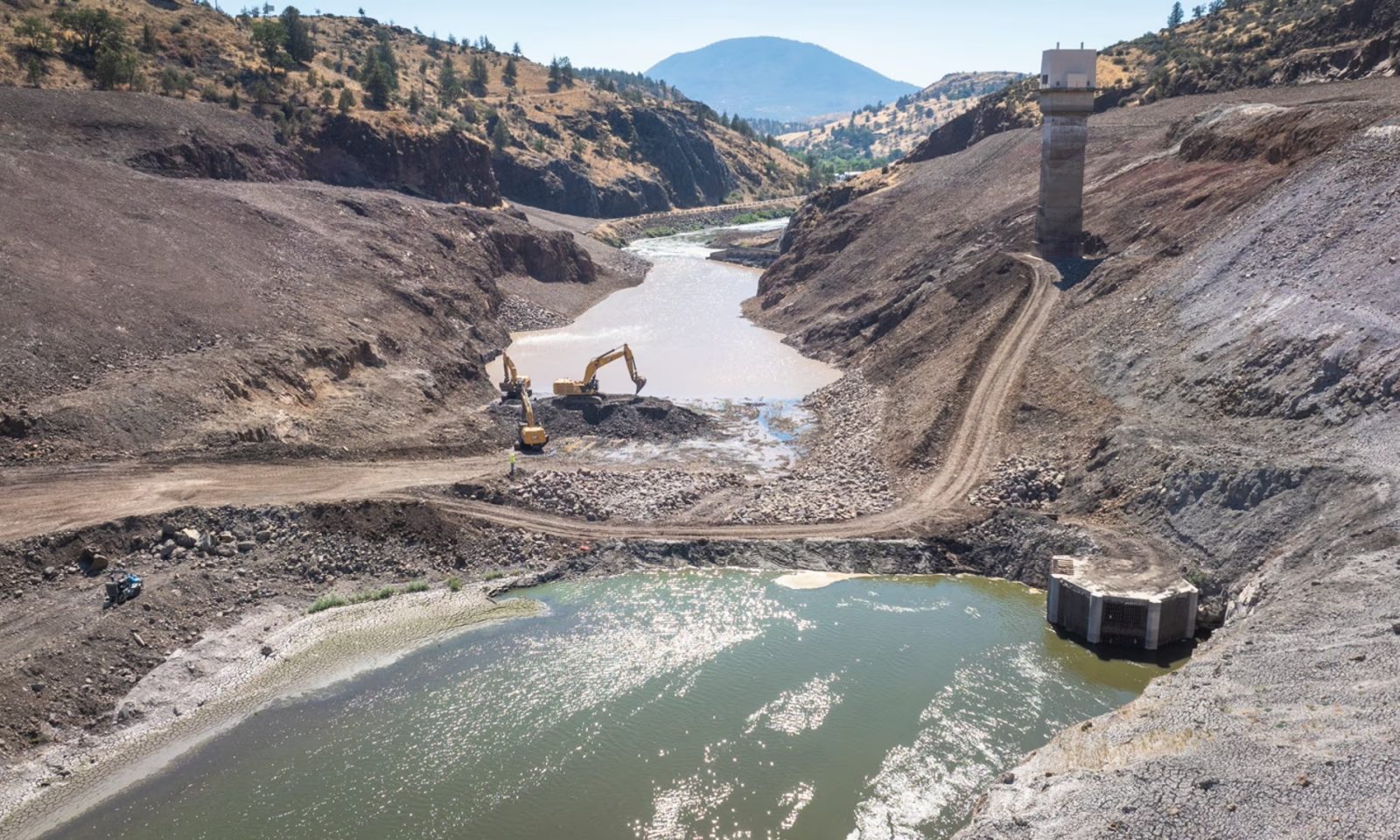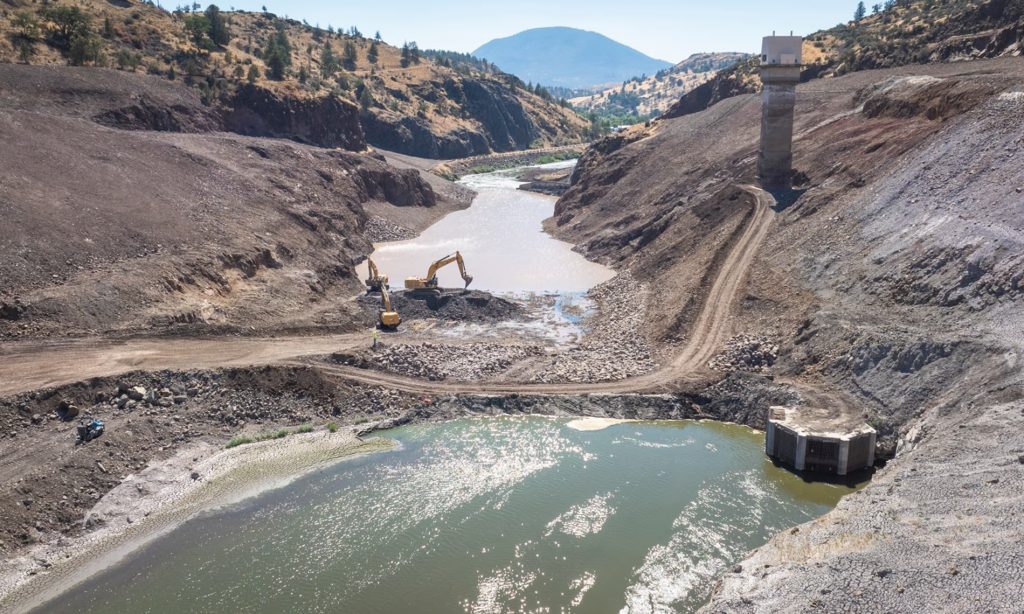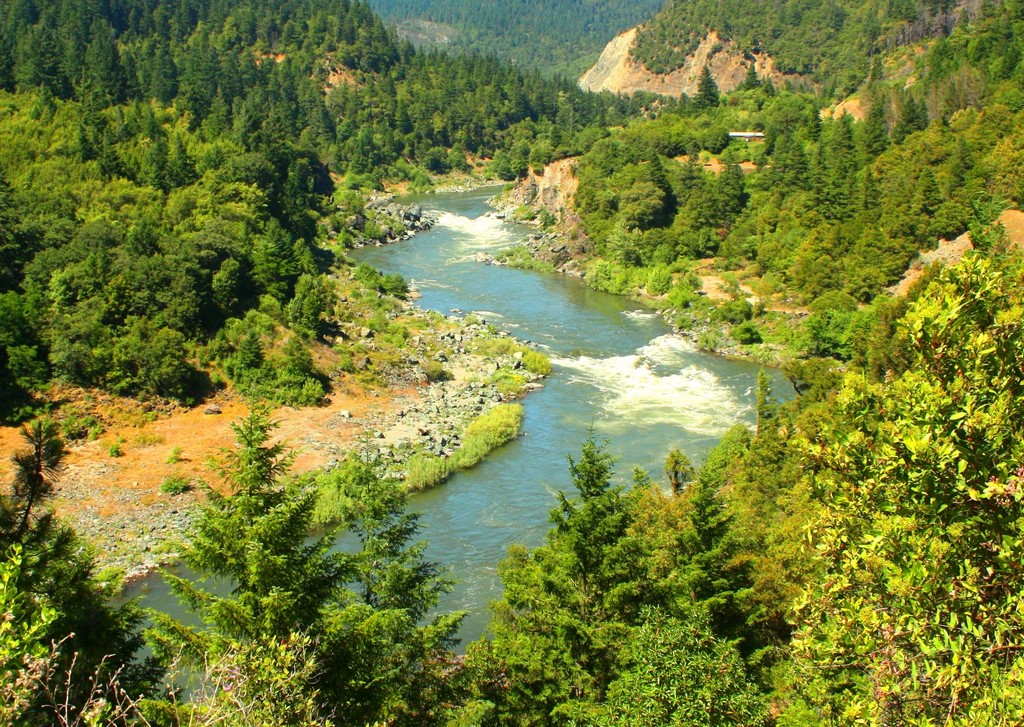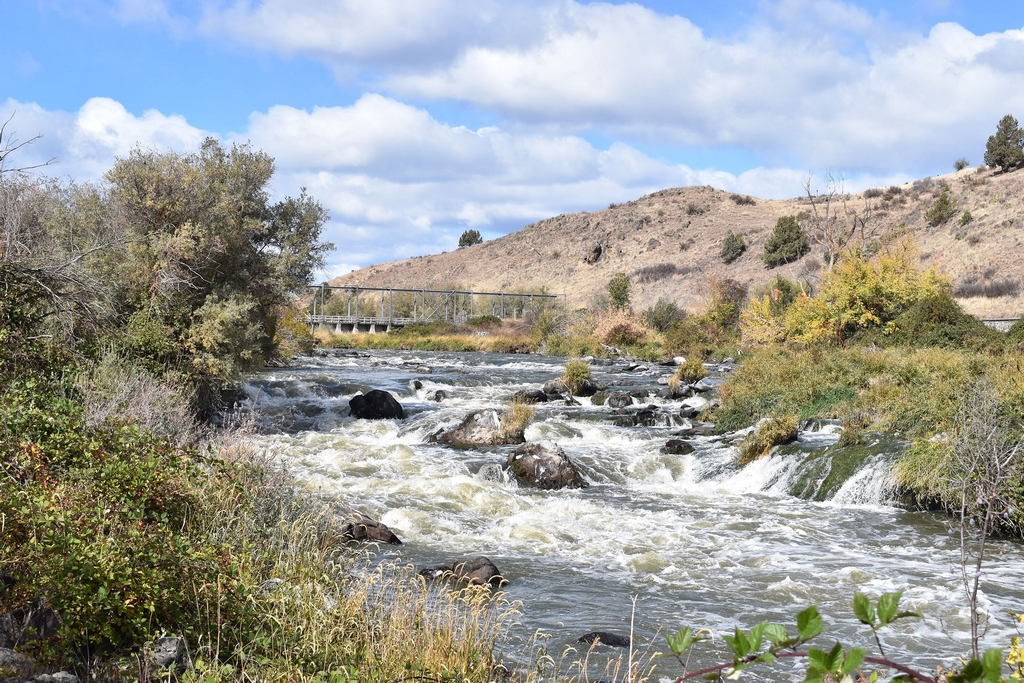Klamath River: Historic Dam Removal and Restoration


It’s the largest dam-removal project in U.S. history. The Klamath River, once controlled by four dams, is once again flowing free unimpeded by manmade structures after more than a century. Here’s a look at this massive undertaking, and why nature and people stand to benefit.
By Chester A. Burnett
The Klamath River Dam Removal Project is one of the most significant river restoration initiatives ever to take place in the United States. Spanning decades of legal battles, environmental advocacy, and stakeholder negotiations, the project represents a monumental effort to address environmental degradation and cultural impacts along the Klamath River, which flows from southern Oregon through northern California.
Controversial and historic, the Klamath River dam removal project is a prime example of embracing the future by restoring the past. Here’s a look at the history, method and impact of returning the river’s flow to a more natural state.
Although only recently completed, the project’s cultural and environmental impact is being felt and celebrated far and wide. “I am excited to be in the restoration phase of the Klamath River. Restoring hundreds of miles of spawning grounds and improving water quality will help support the return of our salmon, a healthy, sustainable food source for several Tribal Nations. This is truly a great day for the Karuk and all the Native People of the Klamath Basin,” said Russell ‘Buster’ Attebery, chairman of the Karuk Tribe, one of the Native American nations that has long fought for the river’s restoration.
KLAMATH RIVER HISTORY
The Klamath River has been central to the lives of indigenous peoples and wildlife for millennia. Before dam construction, the river supported one of the most productive salmon fisheries on the West Coast, among providing many other beneficial assets and resources. In the early 20th century, however, the river’s ecosystem began to change as a result of dam building and agricultural development.
The first dam on the Klamath River, the Copco 1 Dam, was built in 1918, followed by Copco 2 in 1925, and the Iron Gate Dam in 1962. The J.C. Boyle Dam in southern Oregon was completed in 1958. These four dams, owned by the energy company PacifiCorp, were originally built for hydroelectric power generation.
While the massive structures did provide regional economic benefits in the form of electricity, they had severe ecological and cultural consequences, which were not anticipated or considered at the time of their construction. Once in place, the dams blocked over 400 miles of salmon spawning habitat, contributing to a steep decline in the river’s salmon populations. Native American tribes like the Karuk, Yurok, Klamath, and Hoopa Valley people, whose cultures and livelihoods depend on the river and its salmon, were deeply affected.
According to dam-removal proponents, the river fell victim to governmental mismanagement that thwarted the tribes’ efforts to control and manage their ancestral lands and waters. Gold mining, clear cutting, overgrazing, water-intensive crops in a high-desert region and hydroelectric and irrigation dams that eviscerated salmon and other anadromous fish populations, all contributed to the Klamath’s decline.
ADVOCACY AND LEGAL BATTLES
The ongoing degradation of the Klamath’s condition led to increasing tensions between various stakeholders, including aforementioned tribes, farmers, environmentalists, fishermen, and PacifiCorp. By the late 20th century, calls for the removal of the dams became more vocal, led largely by indigenous groups and environmental organizations.
Native American tribes argued that dam removal was crucial to restoring their fishing rights and preserving their cultural heritage. Environmentalists highlighted the benefits of restoring natural river flow for salmon recovery.
In the early 2000s, a series of water crises escalated the conflict. In 2001, the federal government severely limited irrigation water to farmers in the upper Klamath Basin to protect endangered fish species, resulting in protests from the agricultural community. In 2002, a catastrophic fish kill event occurred when warm water temperatures and low water flows, exacerbated by the dams, led to the deaths of tens of thousands of salmon.
This tragedy was a turning point, galvanizing support for a solution to the river’s declining health. In 2010, after years of negotiations, a landmark agreement was reached between PacifiCorp, Native American tribes, state and federal governments, and other stakeholders. This agreement, known as the Klamath Hydroelectric Settlement Agreement (KHSA), paved the way for the eventual removal of the dams. The KHSA was historic because it brought together parties with conflicting interests to work towards a common goal of river restoration.
REMOVAL METHOD
The Klamath River Dam Removal Project is the largest dam removal initiative in U.S. history, with the decommissioning of four dams as the primary project scope. The methodology for removing these dams involves several phases, including pre-removal studies, engineering planning, and the physical dismantling of the structures.
- Feasibility Studies and Environmental Assessments: Before any removal could begin, extensive studies were conducted to evaluate the environmental and economic impacts of dam removal. These studies assessed the potential benefits of restoring the river’s natural flow against the costs of losing hydroelectric power generation. Detailed environmental impact reports were prepared to ensure compliance with federal and state regulations. This phase involved input from multiple stakeholders, including local communities, scientists, and regulatory agencies.
- Sediment Management: One of the major challenges in dam removal is managing the accumulated sediment trapped behind the dams. Over the decades, significant amounts of sediment built up in the reservoirs, and releasing it all at once could damage downstream ecosystems. The project team developed a sediment management plan that involves gradually releasing sediment over time to minimize its impact. Sediment is being tested for contaminants, and steps will be taken to prevent the release of harmful materials into the river.
- Dismantling the Dams: The physical removal of the dams involves deconstructing the concrete and steel structures in phases. This process requires the use of heavy machinery to break apart the dams and safely manage the flow of water as the river reclaims its natural course. The removal is being carefully timed to avoid disruption during key fish migration periods, ensuring that salmon can return to their spawning grounds as quickly as possible.
- Habitat Restoration: After the dams are removed, the project includes extensive habitat restoration efforts. Native plants will be reintroduced along the riverbanks to stabilize the soil and provide habitat for wildlife. River channels will be reshaped to improve fish spawning conditions, and efforts will be made to remove invasive species. The goal is to restore the river to its pre-dam condition as much as possible.
ECHOING IMPACT
The environmental impacts of the Klamath River Dam Removal Project are expected to be transformative, with a wide range of ecological benefits.
The most significant impact of the dam removal will be the restoration of access to over 400 miles of historical salmon spawning habitat. Salmon populations, including the endangered Coho salmon, are expected to rebound as they regain access to their natural breeding grounds. This will not only benefit the salmon but also the broader ecosystem, as salmon are a keystone species in the Pacific Northwest. Their return will support the recovery of other species that depend on salmon, such as bald eagles, bears, and river otters.
The removal of the dams will eliminate the stagnant reservoirs that have been prone to toxic algal blooms. By restoring the river’s natural flow, water temperatures will decrease, and oxygen levels will improve, creating a healthier environment for aquatic life. The restoration of cooler, cleaner water will also benefit species like steelhead trout and other native fish.
For Native American tribes, the dam removal represents a critical step toward restoring cultural practices and rights tied to the river. The return of the salmon will revitalize traditional fishing practices and help sustain tribal communities that have depended on the river for generations.
“Because of Klamath River dam removal, salmon can return to the Upper Klamath Basin in Oregon for the first time in over 100 years. This will help restore salmon runs for Tribes up and down the river, including the Klamath Tribes in Oregon. Sustainable Northwest is proud to have played a role in this Tribally-led project to restore salmon runs and healthy river flows, and support Tribal justice,” said Lee Rahr, vice president of Programs Sustainable Northwest.
Despite the many anticipated benefits, there are also challenges and uncertainties. The release of sediment, even if managed, could temporarily disrupt downstream habitats. The loss of hydroelectric power from the dams also poses economic challenges, though renewable energy alternatives are being explored to replace the lost capacity. Additionally, it will take years for the full benefits of dam removal to be realized as ecosystems gradually recover.
BRINGING IT BACK
The Klamath River Dam Removal Project is a groundbreaking environmental restoration effort with far-reaching implications. By removing the four dams, stakeholders aim to restore the river’s ecological health, support endangered species, and repair the cultural connections of Native American tribes to the river.
While the project faces challenges, its success could serve as a model for future dam removals and river restoration projects around the world. The return of a free-flowing Klamath River holds the promise of a healthier, more sustainable future for both people and wildlife.
Opening photo courtesy of https://www.internationalrivers.org; Second photo by Mark Browning | Shutterstock; lower photo by BD Lane | Shutterstock.
References: https://res.us/home/restoring-at-scale/klamath-river-restoration/; The Klamath Dam Removals: A Story of People and Possibility by Ann Willis | September 9, 2024; Klamath River Dam Removal, Klamath Riverkeeper by Konrad Fisher; “Klamath River dam removal: before and after images show dramatic change” www.theguardian.com/.
Chester A. Burnett is a Los Angeles-based writer, world traveler, master machinist, motorcycle enthusiast and blues harmonica player. He is quick to point out that his intelligence is not artificial.











